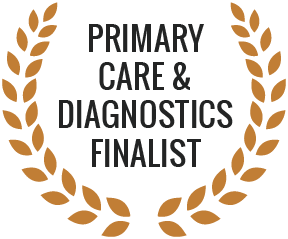There are many different types of eye infections and they come with bothersome symptoms. Your GP will need to assess and determine the type of eye infection before prescribing proper treatment. Sometimes a sample may need to be taken from the affected area for further investigation for which Harley Street Health Centre can complete a referral.
Whilst the majority of minor eye infections heal on their own, there are serious infections that can cause permanent vision loss.
If you think you have an eye infection, you should visit your eye doctor or book an appointment with a GP. If you delay diagnosis, you can also delay effective treatment and cause more vision/eye-related issues.
Causes
The most common eye infections are caused by bacteria or viruses.
Infectious conjunctivitis (also known as “pink eye”) is the most common eye infection. It is highly contagious & spread by hand-to-eye contact. Styes are also contagious, but they can also start on their own, as they happen when bacteria from the skin get into an eyelash hair follicle.
Infections such as syphilis, gonorrhoea, tuberculosis, Lyme disease, mycosis (fungal infection) & some parasites can lead to inflammation in different parts of the eye as well. These are called blepharitis (of the eyelid), keratitis (of the cornea), vitritis (of the liquid inside the eye), chorioretinitis (of the retina & related blood vessels), or neuroretinitis (the optic nerve).
Symptoms
Eye infections are not dangerous, but the can cause a lot of discomforts. The most common symptoms of an eye infection include:
- Redness
- Soreness
- Itching
- Watery eyes
- A scratchy feeling on the cornea
- The sensation of having something stuck in the eye
- Aversion to bright light (photosensitivity)
- Tiny blood vessels visible in the eyes (bloodshot eyes)
- Swelling of the eyelid
- Discharge (watery or clear with a viral infection, thicker & white, yellow or green with a bacterial infection)
- Crusting of the eyelid
What to do next?
If you are noticing the symptoms of an eye infection, please come to see a doctor as soon as possible. Early treatment can prevent the infection from worsening or being spread to others. Give us a call to book during office hours, or use our online booking system.






















